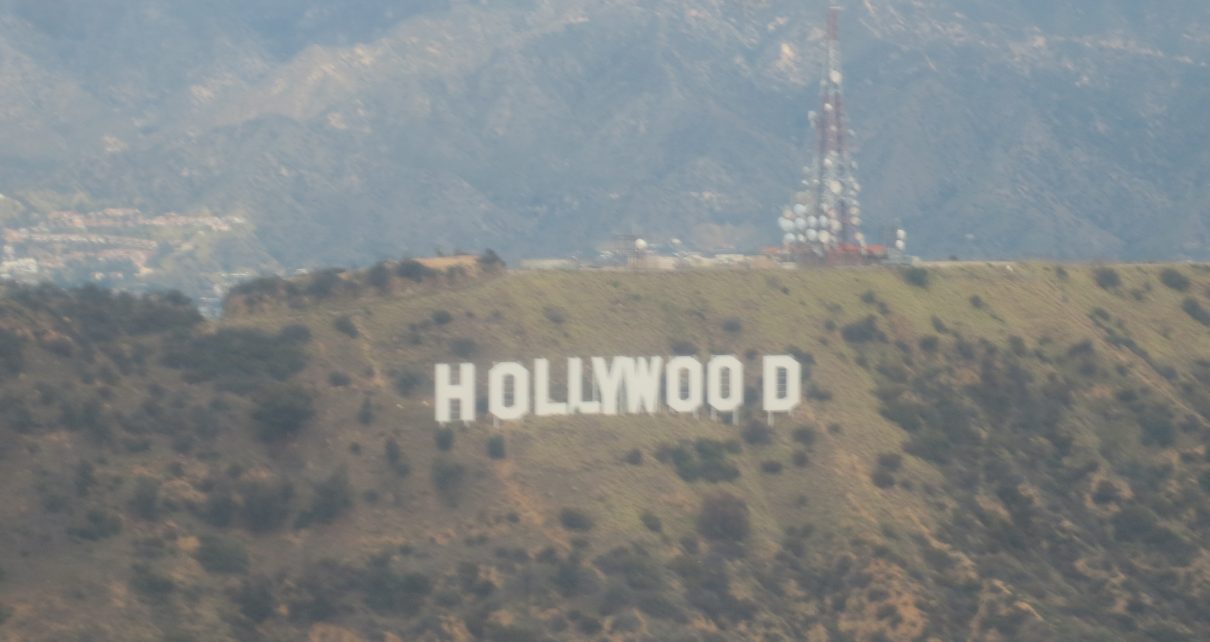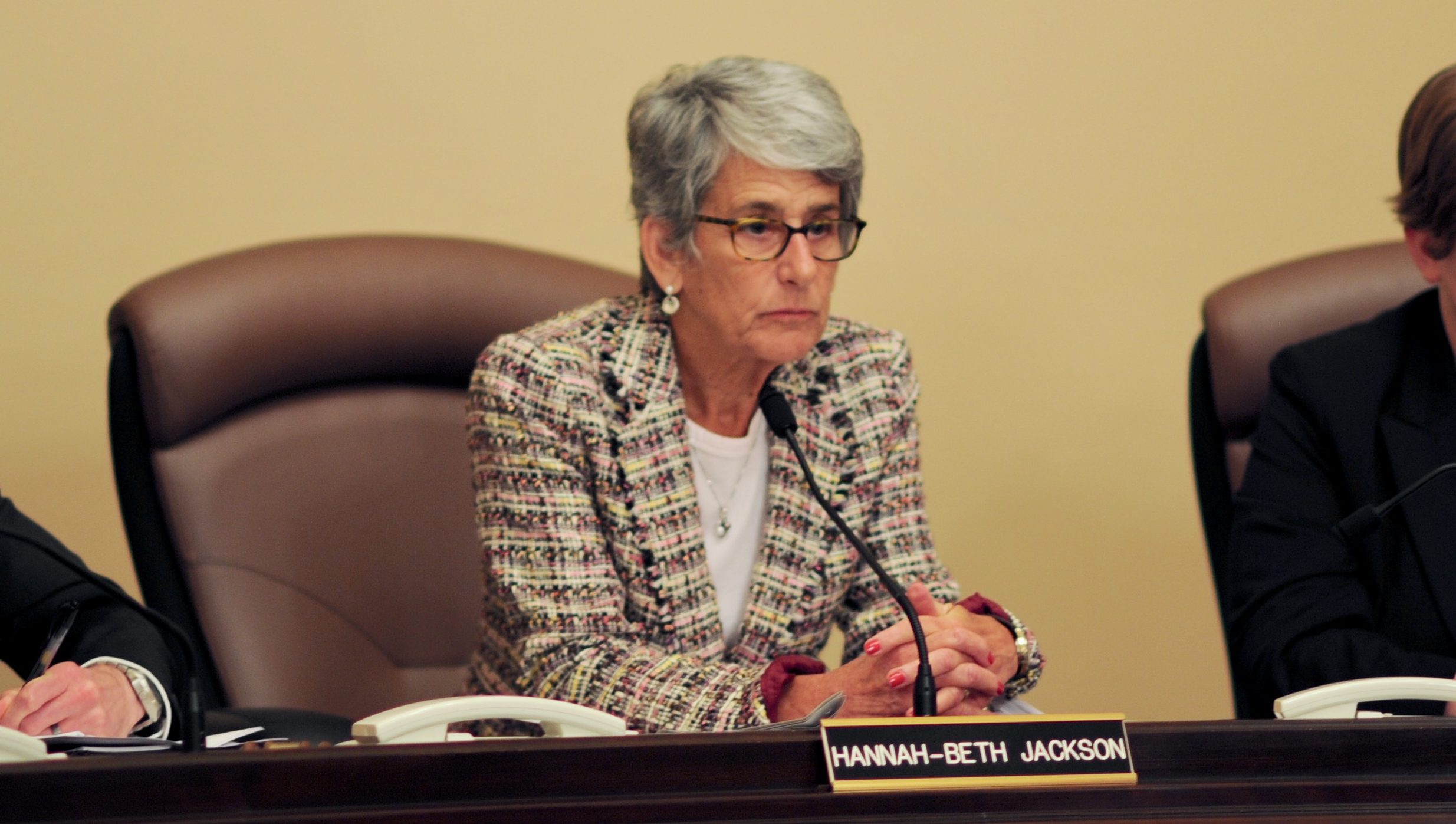
Hollywood Sign (Photo: Evan Symon for California Globe)
$61 Million in California Film Tax Credits Unveiled
$330 million of film tax credits to be awarded this year despite massive budget deficit
By Evan Symon, February 26, 2024 12:22 pm
The California Film Commission (CFC) announced on Monday that they would be allocating $61 million of the roughly $330 million in California film tax credits, with the Disney Production The Mandalorian and Grogu to receive a near record amount of tax breaks for one film.
Film tax credits in California first began in 2009, when the state created a $100 million a year program to help keep productions in state in the face of the growing number of productions moving outside of California. The tax credit was created to help boost the local economy through production jobs and spending, and to help the industry during the Great Recession.
Touting its success, the state legislature renewed film the tax credit in 2014, and bumped up funding to $330 million a year in 2016. Since then, whenever the amount has been up for renewal, such as in 2021, it has been renewed. Last year, it was even extended into 2031 despite warnings by the LAO to seriously look into the situation because of incoming budgetary issues.
Overall, the tax credits have had mixed results. California has kept many productions in state and kept the historical industry alive and stable. Over half of all productions in the country are still being made in California as a result of the credits. However, it has served to force other states to increase the amount of tax credits they give out as well. Even more, while local economies are helped out by the shoots, the Legislative Analyst’s Office has found that the tax credits actually began to hurt the amount of tax funds generated for the state general fund after only a few years. The state has actually been losing money on the film tax credits, beginning in 2013. In addition, while a 2022 study from the Los Angeles County Economic Development Corporation found that each $1 of tax credits created $1.07 in state and local revenue, a 2023 LAO study found that each $1 of credits actually only brought in between $0.20 to $0.50 in state revenues.
Despite a looming $73 billion budget deficit, a new round of tax credits worth $61 million was announced on Monday. The Mandalorian and Grogu alone received $21.7 million worth of credits, around one-third of the allocation – the second most in California film tax credit history behind the 2017 $22.4 million figure for Bumblebee. In total 15 films received the credits. According to the CFC, the $61 million in credits is projected to bring in $408 million in production spending to the state’s economy, with the $21 million in credits for The Mandalorian estimated to bring $166 million in spending.
The credits will also bring in 2,252 crew jobs, 598 cast jobs, and 16,800 jobs for various other background positions to an industry still reeling from both the COVID-19 shutdown and the WGA/SAG-AFTRA strikes from last year.
$61 million in film tax credits
“The array of film projects announced today demonstrates California’s enduring attraction for storytellers,” said CFC Executive Director Colleen Bell. “These productions, spanning big-budget features to indie films, not only infuse millions into our economy but also showcase our state’s talent and versatility. We’re proud to welcome these projects, highlighting California’s resilience and continued prominence in the film industry.”
However, questions over how much productions would actually generate economically, as well as open questions regarding credit liability, dampened the news of the credits on Monday. Industry experts told the Globe that it generally all comes down to the actual productions.
“These credits have been proven to be a big boon locally,” explained filming accountant Patrice Weiss to the Globe. “So, for LA, it has really helped, as it made the industry really come back in the latter half of the 2010’s here. The first $815 million in tax credits brought in $6 billion to the local economy. So on the local level, they have been very successful. And you know, the industry is starting to pick things back up again, so the credits are keeping productions in state at a time where it is needed most, especially for film heavy areas of the state.”
“On the flip side, yes, those credits may not translate to the state seeing their money back, especially if productions lag or go into turnaround. And the state budget being what it is, yeah, giving millions to these huge companies probably seems odd. But remember, there are 36 other states out there with tax credits, as well as several Canadians provinces and other countries with cheap places to film. LA still has the majority of post-production and other specialty areas like special effects. Even films shot entirely in Atlanta are sent to LA for post effects. But that doesn’t have the glamour of filming.”
“California still has a ton of productions, especially low-budget films and TV shows. I mean, go to Griffith Park in L.A. on a random day, and there is a decent chance you’ll see some sort of production there. These credits help protect that famous industry here. And also remember that entertainment is changing fast. Social media and short films on YouTube and TikTok has been a steady divergence from typical TV and movie viewing. Streaming has changed the game of course too. These movies are just the big premier pieces of entertainment out there. And it comes down to the production really if the tax credits are worth it.”
The next round of California film tax credits is expected to be announced in April.
- Bill to Require Law Enforcement Disclosure if AI Was Used To Help Write Reports - August 7, 2025
- Gov. Newsom Files FOIA Request To ‘Expose True Cost’ Of L.A. Federal Troop Deployment for Anti-ICE Riots - August 6, 2025
- California Redistricting: How Newsom’s Plan Will Demolish Hard Fought GOP Gains - August 6, 2025





2 thoughts on “$61 Million in California Film Tax Credits Unveiled”